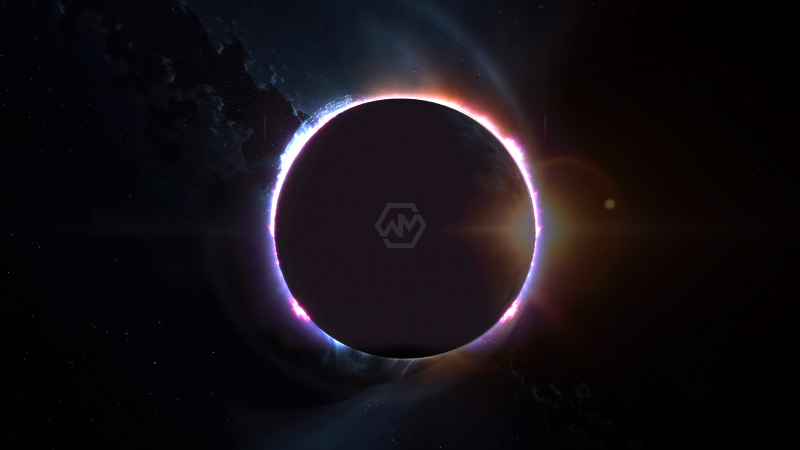- A total solar eclipse is predicted to occur in North America on April 8, 2024.
- The 115-mile-wide path of totality will pass through 15 U.S. states, southeast Canada, and Mexico.
- Following the eclipse, there has been a panic on the internet as searches for “Eyes Hurt” have increased dramatically.
A total solar eclipse is predicted to occur in North America on April 8, 2024. This uncommon occurrence will not be observed in the country for seven years and is not predicted to happen again for another 20 years.
The 115-mile-wide path of totality will pass through 15 U.S. states, four states in southeast Canada, and three states in Mexico. When the sun, moon, and Earth line in such a way that the moon passes directly between them, the sun’s rays are blocked from reaching the surface of the Earth, a total solar eclipse occurs.
Solar eclipse
The moon will totally cover the sun if you are in the path of totality. You might still witness a partial eclipse, in which the moon partially blocks out the sun, if you’re not on the main path.
Following the eclipse, there has been a panic on the internet as searches for “Eyes Hurt” have increased dramatically. It’s possible that they inadvertently damaged their eyes, as several people have begun to experience pain, redness, and itching in their eyes.
As a precaution, NASA has encouraged everyone to wear only lab-tested glasses. In order to enable people to take the appropriate precautions to maintain the safety and health of their eyes, the American Academy of Ophthalmology has produced a list of symptoms to be aware of in the near future.
The next total solar eclipse is scheduled to occur in August 2026 and will be visible in Greenland, Iceland, Spain, Russia, and a small portion of Portugal. The partial eclipse ended 30 minutes ago for all geographical locations. A total solar eclipse over the continental United States won’t occur until August 2044.



